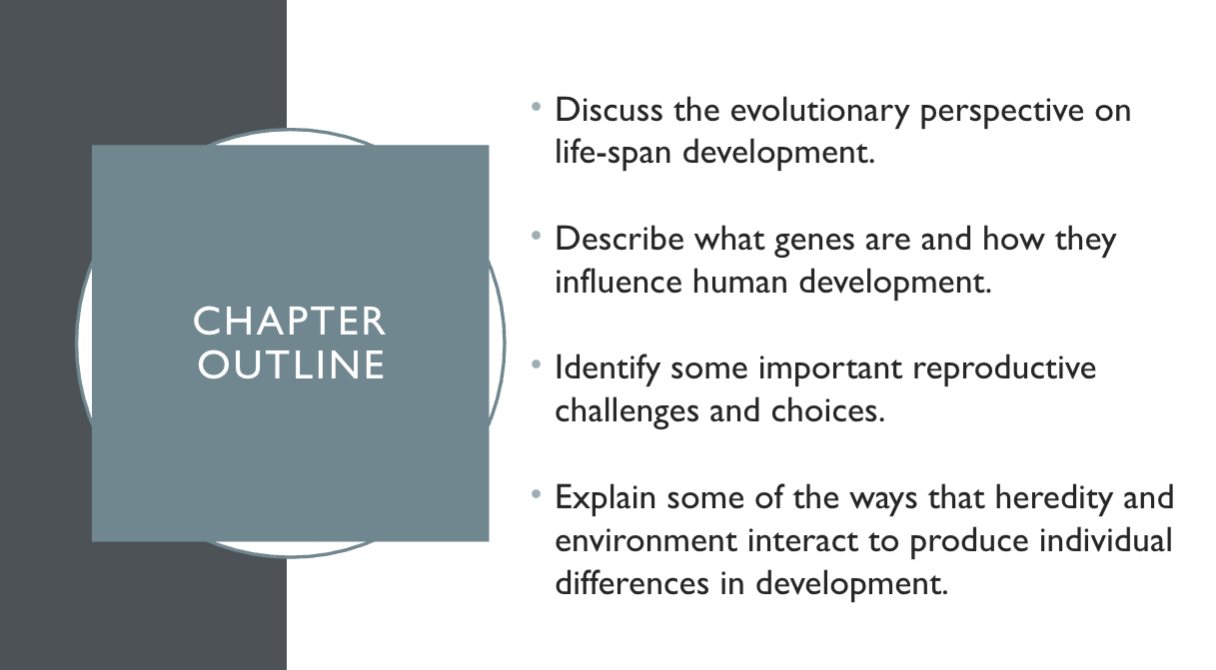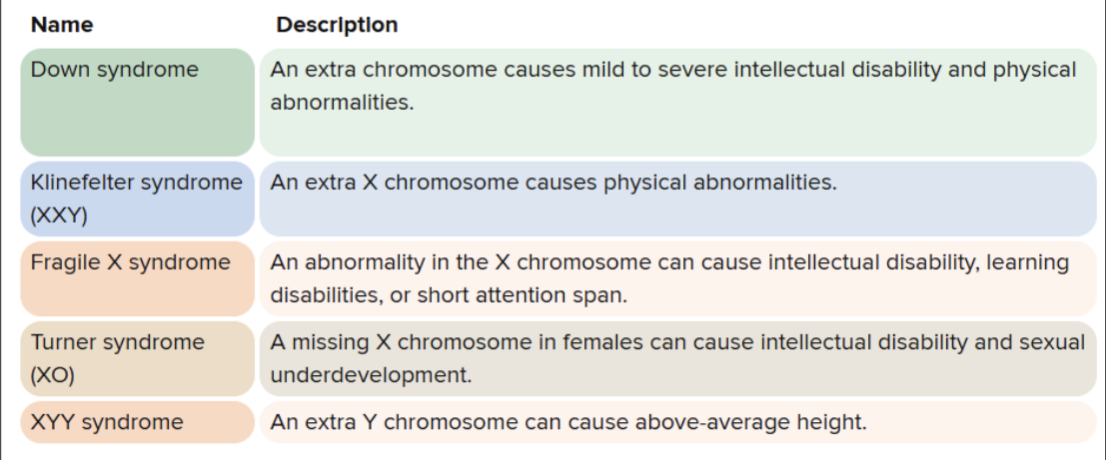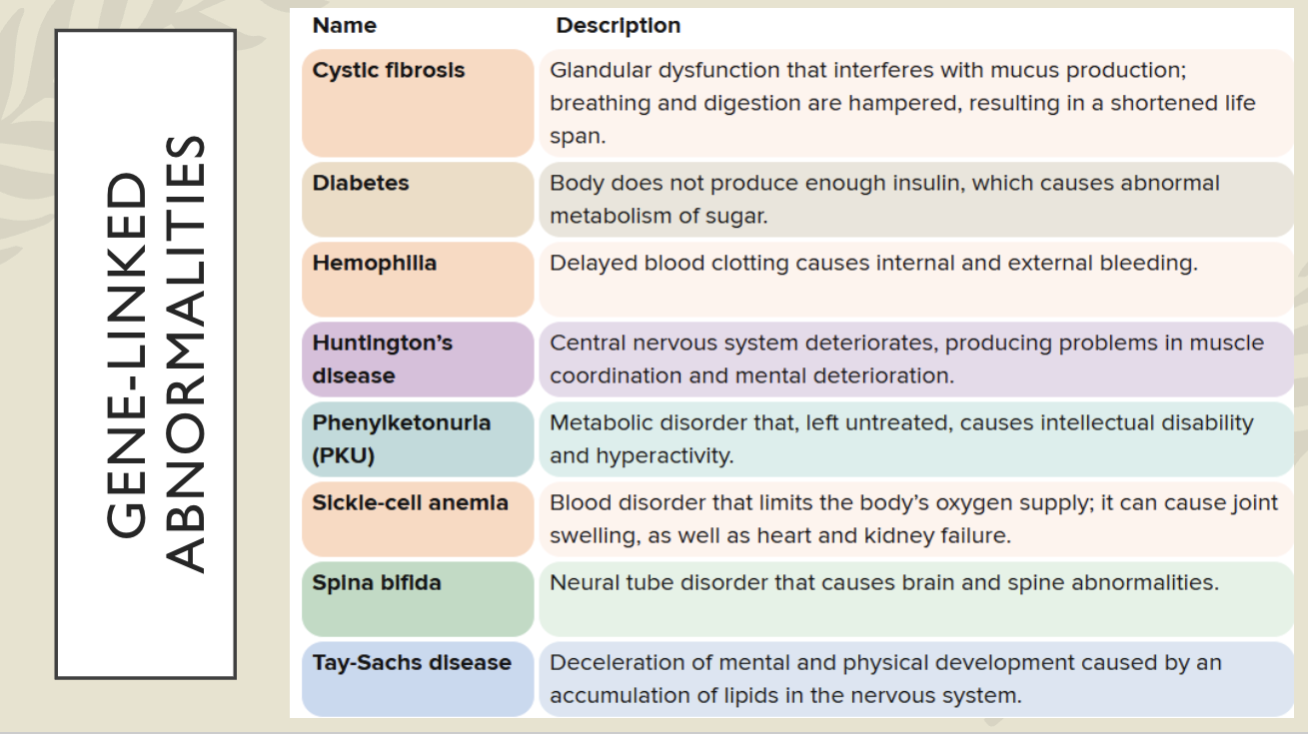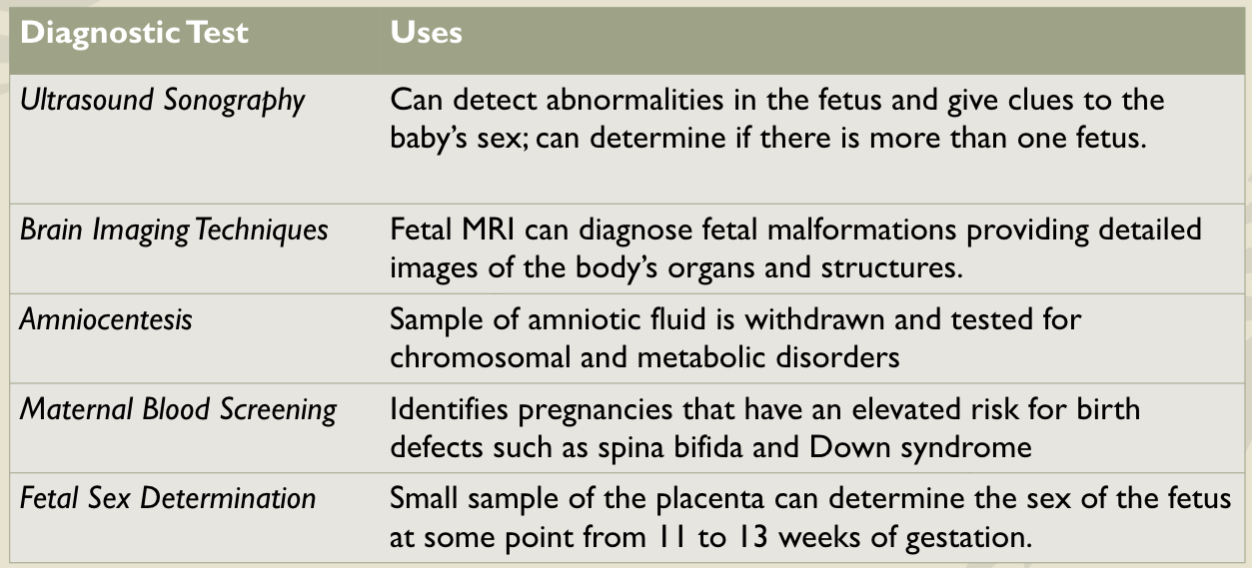
Chapter 2

The Evolutionary Perspective
Focuses primarily on psychological adaptations - mechanisms of the mind that have evolved to solve specific problems of survival or reproduction
Natural selection and adaptive behavior
Evolutionary psychology
Natural Selection & Adaptive Behavior
Natural Selection: Evolutionary process by which those individuals of a species that are best adapted are the ones that survive and reproduce and leave the most fit offspring
DISCLAIMER - this theory is just a possible explanation of development. It’s not a end all be all
Their characteristics are passed on to the next generations through reproduction
Over generations, those best suited for survival will make up an increased percentage of the population
Adaptive behavior: behavior that promotes an organism’s survival in its natural habitat
Example: a close attachment between a caregiver and a baby increases the infants chances of survival.
Evolutionary Psychology
The field of evolutionary psychology emphasizes the importance of adaptation, reproduction, and “survival of the fittest” in shaping behavior.
maybe survival of the fittest
David Buss argues that just as evolution has contributed to our physical features, it also influences psychological features such as:
How we make decisions, how aggressive we are, our fears, and our mating patterns.
Evaluation of Evolutionary Psychology
Evolution gave us biological potentials, but it does not dictate behavior
Evolutionary selection benefits decrease as we age, and a need for culture-based resources increase.
E.g., cognitive skills, literacy, medical technology, and social support
Genetic Foundations of Development
The collaborative gene
Genes and chromosomes
Genetic principles
Chromosomal and gene-linked abnormalities
The Collaborative Gene
The potential for human life begins as a single cell
Nucleus of each cell contains chromosomes - threadlike structures made up of DNA
DNA is a complex double-helix molecule that contains genetic information
Genes are units of hereditary information; short segments of DNA
Humans have about 30,000 genes
Genes and Chromosomes
All cells in the body, except the sperm and egg, have 46 chromosomes arranged in 23 pairs
These cells reproduce through mitosis - cell division process that produces 2 identical “daughter” cells from a single “parent” cell, containing the same DNA as the original cell.
Meiosis - the process of cell division that forms sperm and eggs - produces cells that are genetically unique from the “parent” cell and contain only half as much DNA
Fertilization is a stage in reproduction when an egg and a sperm fuse to create a single cell, called a zygote.
Combining the genes of two parents in offspring increases genetic variability in the population
This is valuable as it provides more characteristics for natural selection
Genotype genetic heretige
Phenotype - the way genotype is expressed in observable and measurable characteristics
Twins
Monozygotic twins
Identical
Develop from a single zygote that splits into two genetically identical replicas, each of which becomes a person.
Dizygotic twins
Fraternal
Develop when two eggs are fertilized by different sperm, creating two zygotes that are genetically no more similar than ordinary siblings
Genetic Principles
Genes are either dominant or recessive, or intermediate
Examples: eye color
A dominant gene shows a strong effect in whether the homozygous or heterozygous condition
Brown eyes are more likely to occur in any type of gene
A recessive gene shows its effect only in the homozygous condition
Blue eyes will only occur if the gene was heterozygous (both parents had blue eye gene)
An intermediate gene occurs in a phenotype where there is incomplete dominance in the heterozygous condition
Green or hazel eyes are produced when the dominant color (brown) was incomplete
MY DAD WITH HIS GREEN EYES
Chromosomal Abnormalities


Reproductive challenges and choices
Prenatal diagnostic tests
Infertility and reproductive technology
Prenatal DIagnostic tests

Infertility and Reproductive technology
Approximatley 10-15% of couples in the US and 8-12% globally experience infertility
The inability to conceive a child after 12 months of regular intercourse without contraception
Can be due to genetic or environmental factors
In vitro fertilization (IVF) - eggs and sperm are combined in a laboratory dish; once fertilized, the egg is transferred into the uterus.
Heredity-Environment Interaction
Behavior genetics is the field that seeks to discover the influence of heredity and environment on individual differences in human traits and development.
Nature vs nurture debate - what influences human behavior? Genetics or the environment and their life experiences?
Researchers tend to study:
Twin studies have compared the behavioral similarity of identical and fraternal twins to infer contributions of hereity and environment
Adopted children and their resemblance to their biological parents, to infer hereditary influences
Identify if specific genes are linked to some behaviors

The Evolutionary Perspective
Focuses primarily on psychological adaptations - mechanisms of the mind that have evolved to solve specific problems of survival or reproduction
Natural selection and adaptive behavior
Evolutionary psychology
Natural Selection & Adaptive Behavior
Natural Selection: Evolutionary process by which those individuals of a species that are best adapted are the ones that survive and reproduce and leave the most fit offspring
DISCLAIMER - this theory is just a possible explanation of development. It’s not a end all be all
Their characteristics are passed on to the next generations through reproduction
Over generations, those best suited for survival will make up an increased percentage of the population
Adaptive behavior: behavior that promotes an organism’s survival in its natural habitat
Example: a close attachment between a caregiver and a baby increases the infants chances of survival.
Evolutionary Psychology
The field of evolutionary psychology emphasizes the importance of adaptation, reproduction, and “survival of the fittest” in shaping behavior.
maybe survival of the fittest
David Buss argues that just as evolution has contributed to our physical features, it also influences psychological features such as:
How we make decisions, how aggressive we are, our fears, and our mating patterns.
Evaluation of Evolutionary Psychology
Evolution gave us biological potentials, but it does not dictate behavior
Evolutionary selection benefits decrease as we age, and a need for culture-based resources increase.
E.g., cognitive skills, literacy, medical technology, and social support
Genetic Foundations of Development
The collaborative gene
Genes and chromosomes
Genetic principles
Chromosomal and gene-linked abnormalities
The Collaborative Gene
The potential for human life begins as a single cell
Nucleus of each cell contains chromosomes - threadlike structures made up of DNA
DNA is a complex double-helix molecule that contains genetic information
Genes are units of hereditary information; short segments of DNA
Humans have about 30,000 genes
Genes and Chromosomes
All cells in the body, except the sperm and egg, have 46 chromosomes arranged in 23 pairs
These cells reproduce through mitosis - cell division process that produces 2 identical “daughter” cells from a single “parent” cell, containing the same DNA as the original cell.
Meiosis - the process of cell division that forms sperm and eggs - produces cells that are genetically unique from the “parent” cell and contain only half as much DNA
Fertilization is a stage in reproduction when an egg and a sperm fuse to create a single cell, called a zygote.
Combining the genes of two parents in offspring increases genetic variability in the population
This is valuable as it provides more characteristics for natural selection
Genotype genetic heretige
Phenotype - the way genotype is expressed in observable and measurable characteristics
Twins
Monozygotic twins
Identical
Develop from a single zygote that splits into two genetically identical replicas, each of which becomes a person.
Dizygotic twins
Fraternal
Develop when two eggs are fertilized by different sperm, creating two zygotes that are genetically no more similar than ordinary siblings
Genetic Principles
Genes are either dominant or recessive, or intermediate
Examples: eye color
A dominant gene shows a strong effect in whether the homozygous or heterozygous condition
Brown eyes are more likely to occur in any type of gene
A recessive gene shows its effect only in the homozygous condition
Blue eyes will only occur if the gene was heterozygous (both parents had blue eye gene)
An intermediate gene occurs in a phenotype where there is incomplete dominance in the heterozygous condition
Green or hazel eyes are produced when the dominant color (brown) was incomplete
MY DAD WITH HIS GREEN EYES
Chromosomal Abnormalities


Reproductive challenges and choices
Prenatal diagnostic tests
Infertility and reproductive technology
Prenatal DIagnostic tests

Infertility and Reproductive technology
Approximatley 10-15% of couples in the US and 8-12% globally experience infertility
The inability to conceive a child after 12 months of regular intercourse without contraception
Can be due to genetic or environmental factors
In vitro fertilization (IVF) - eggs and sperm are combined in a laboratory dish; once fertilized, the egg is transferred into the uterus.
Heredity-Environment Interaction
Behavior genetics is the field that seeks to discover the influence of heredity and environment on individual differences in human traits and development.
Nature vs nurture debate - what influences human behavior? Genetics or the environment and their life experiences?
Researchers tend to study:
Twin studies have compared the behavioral similarity of identical and fraternal twins to infer contributions of hereity and environment
Adopted children and their resemblance to their biological parents, to infer hereditary influences
Identify if specific genes are linked to some behaviors